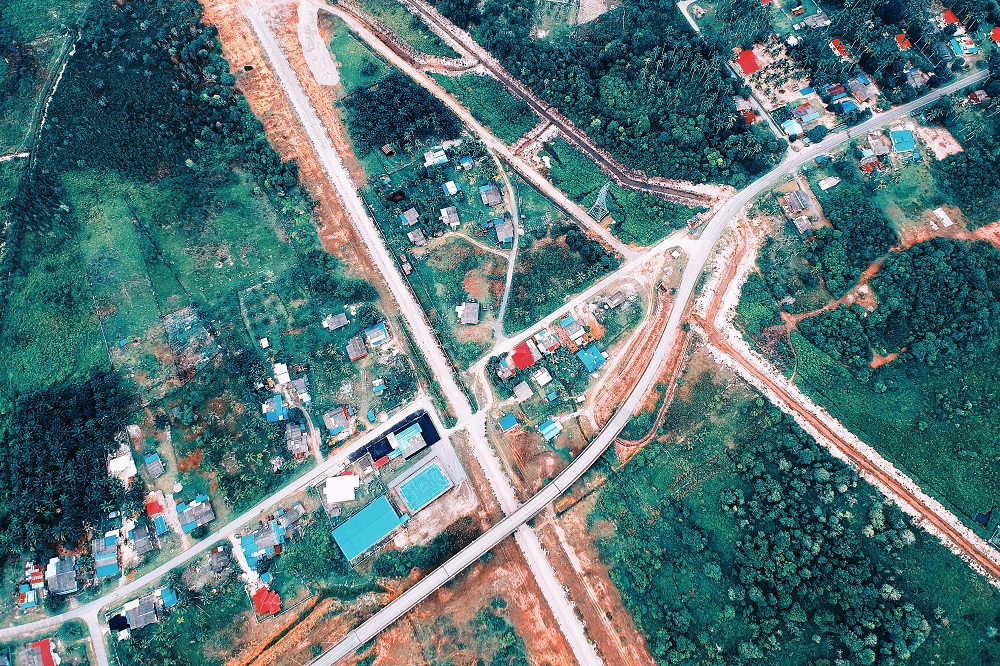
Topography refers to the physical features of the land, including its elevation, slope, and contours. The topography of a property can have a significant impact on its potential uses and value. In this article, we will explore the role of topography in land buying and the factors to consider when evaluating the topography of a property.
Why is Topography Important?
The topography of a property can impact its potential uses and value in several ways. Here are some reasons why topography is important:
1. Development Potential
The topography of a property can impact its suitability for development. Properties with steep slopes or other challenging topography may be more difficult and expensive to develop. On the other hand, properties with gentle slopes or flat terrain may be more easily developed and may have more development potential.
2. Drainage and Water Management
The topography of a property can impact its drainage and water management. Properties with steep slopes or other challenging topography may be prone to erosion and runoff, which can impact the health of the soil and the surrounding environment. Properties with gentle slopes or flat terrain may be easier to manage in terms of drainage and water management.
3. Agricultural Productivity
The topography of a property can impact its suitability for agriculture. Properties with gentle slopes or flat terrain may be more suitable for crop production, while properties with steep slopes or other challenging topography may be more suitable for livestock grazing.
Factors to Consider When Evaluating Topography
When evaluating the topography of a property, there are several factors to consider. Here are some of the key factors that can impact the suitability of topography for different uses:
1. Slope
The slope of the land is an important factor to consider when evaluating topography. Properties with steep slopes may be more difficult to develop or farm, while properties with gentle slopes may be more suitable for these uses. The slope of the land can also impact drainage and water management, erosion, and soil health.
2. Contours
Contour lines indicate changes in elevation on a property. The contours of the land can impact the suitability of the property for different uses, such as development or agriculture. Properties with consistent contour lines may be easier to develop or farm, while properties with irregular contour lines may be more challenging.
3. Soil Quality
The topography of a property can impact the quality of the soil. Properties with steep slopes may be prone to erosion and runoff, which can impact soil health. Properties with gentle slopes or flat terrain may be more suitable for crop production and may have more fertile soil.
4. Drainage
The topography of a property can impact drainage and water management. Properties with steep slopes may be prone to erosion and runoff, which can impact drainage and water quality. Properties with gentle slopes or flat terrain may be easier to manage in terms of drainage and water management.
5. Views and Aesthetics
The topography of a property can impact its views and aesthetics. Properties with scenic views or unique topography may be more attractive to buyers and may have higher value.
Topography plays a crucial role in land buying. The topography of a property can impact its potential uses and value in several ways, including development potential, drainage and water management, and agricultural productivity. When evaluating topography, it’s important to consider factors such as slope, contours, soil quality, drainage, and views and aesthetics. Working with a real estate agent or land specialist who has experience with evaluating topography can be helpful in identifying opportunities to maximize the potential of a property while minimizing challenges and risks. With careful evaluation and consideration of topography, land buyers can identify opportunities to maximize productivity and value while contributing to the health and sustainability of the land.







